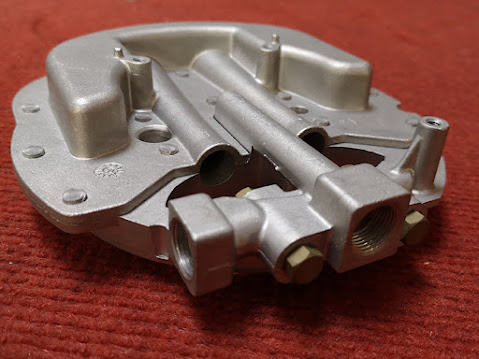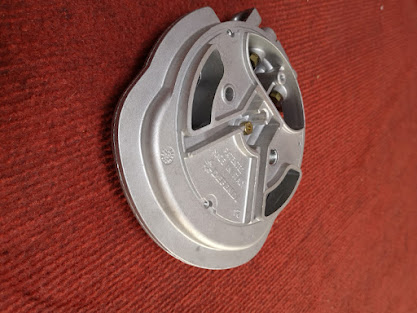Hot chamber die casting
During
the process of hot chamber Metal Die
Casting, the metal die casting machine contains the necessary equipment
required for heating the metal to a molten state. As it is a self-contained
system, it is much faster than the alternative but it is only suitable for a
selection of casting materials, which includes zinc, tin, and lead alloys.
Cold chamber die casting
The
cold chamber die casting process may need to use a separate furnace to heat the
metal. This slows down the process, as the molten metal can be brought to the
die casting machine with the help of a ladle. However, because a separate
furnace is much more powerful than a hot chamber die casting machine, metals
with high melting points can be cast. For aluminum casting, this method is
suitable and is preferred by Metal Die Casting Company.
The
metal die casting process typically proceeds as follows regardless of whether a
hot chamber or cold chamber machine is used:
- Shakeout
- Filling
- Ejection
Mold preparation
During
mold preparation, the interior surfaces of the two die halves have to be coated
with a lubricant so that it can facilitate ejection once the castings are
complete. With locking pins, the die halves can then be closed and secured.
Using a pressure system, the filling of the mold can be achieved. In both cases, the result is a molten metal that is being forced into the mold cavity via the sprue. In a hot chamber, high pressures up to 35 megapascals and in a cold chamber 140 megapascals make sure of a fast and comprehensive filling, which in turn leads to consistent cooling that prevents uneven shrinkage and consequent part deformation. During cooling, pressure is highly maintained.
Follow us on Twitter






No comments:
Post a Comment